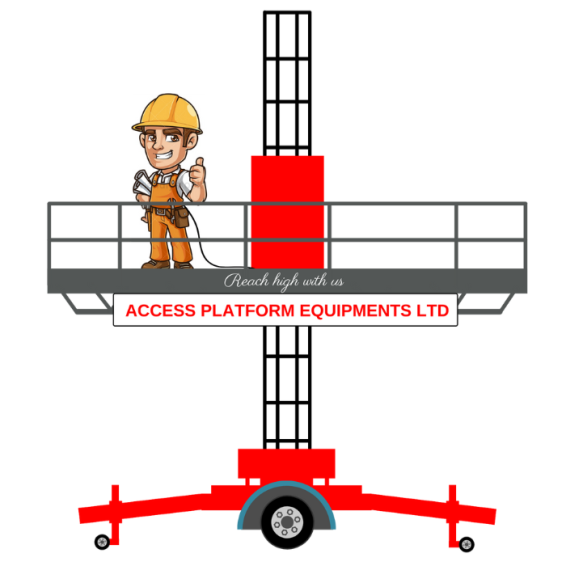Safety Measures While Working at Height

Working at height remains one of the biggest causes of fatalities and major injuries. Common cases include falls from roofs, ladders, and through fragile surfaces. ‘Work at height’ means work in any place where, if there were no precautions in place, a person could fall a distance liable to cause personal injury (for example a fall through a fragile roof down an unprotected lift shaft, stairwells).
This section shows how employers can take simple, practical measures to reduce the risk of any of their workers falling while working at height.
What should you do?Make sure work is properly planned, supervised and carried out by competent people with the skills, knowledge and experience to do the job. You must use the right type of equipment for working at height.
Take a sensible approach when considering precautions. Low-risk, relatively straightforward tasks will require less effort when it comes to planning and there may be some low-risk situations where common sense tells them no particular precautions are necessary.
Control measuresFirst assess the risks factors to weigh up include the height of the task, the duration and frequency, and the condition of the surface being worked on.
Before working at height you should work through these simple steps:
- Avoid work at height where it’s reasonably practicable to do so;
- Where work at height cannot be easily avoided, prevent falls using either an existing place of work that is already safe or the right type of equipment
- Minimize the distance and consequences of a fall, by using the right type of equipment where the risk cannot be eliminated.
For each step, always consider measures that protect everyone at risk (collective protection) before measures that only protect the individual (personal protection).
Collective protection is equipment that does not require the person working at height to act for it to be effective. Examples are permanent or temporary guardrails, scissor lifts and tower scaffolds. Personal protection is equipment that requires the individual to act for it to be effective. An example is putting on a safety harness correctly and connecting it, with an energy-absorbing lanyard, to a suitable anchor point.
Ref: International Labour Organisation (ILO)